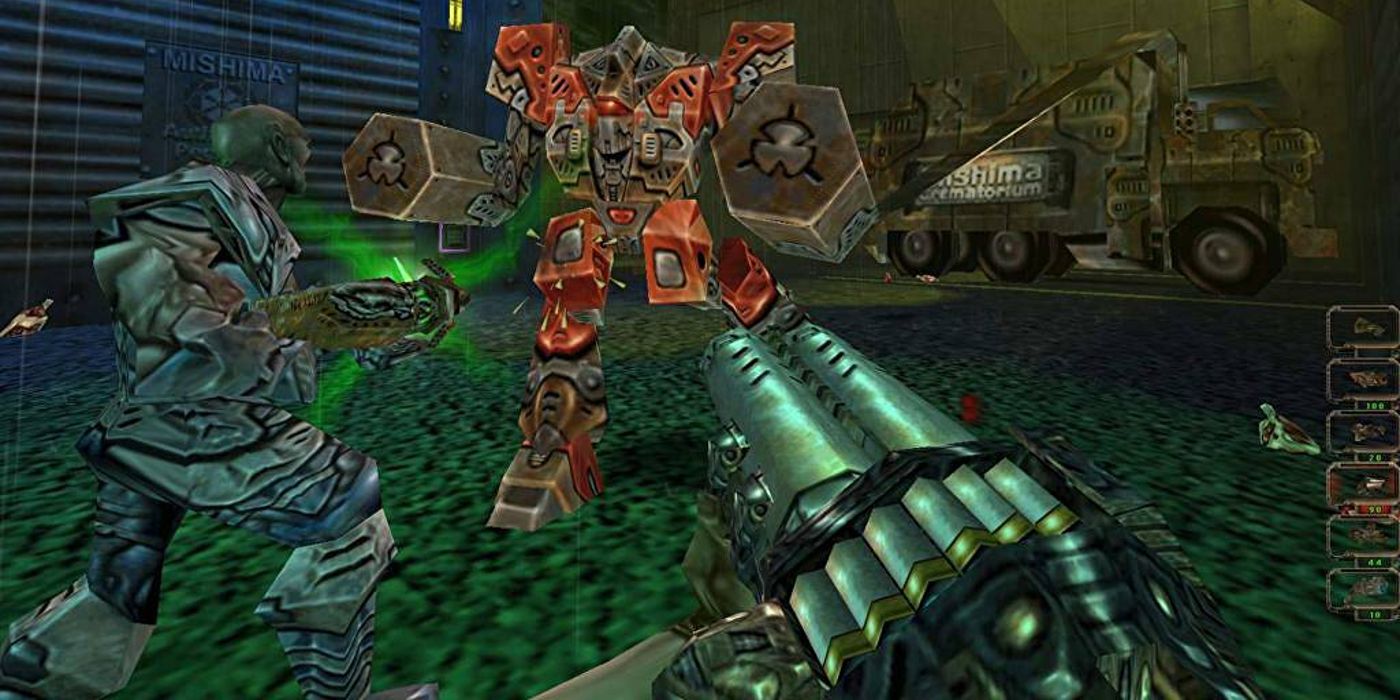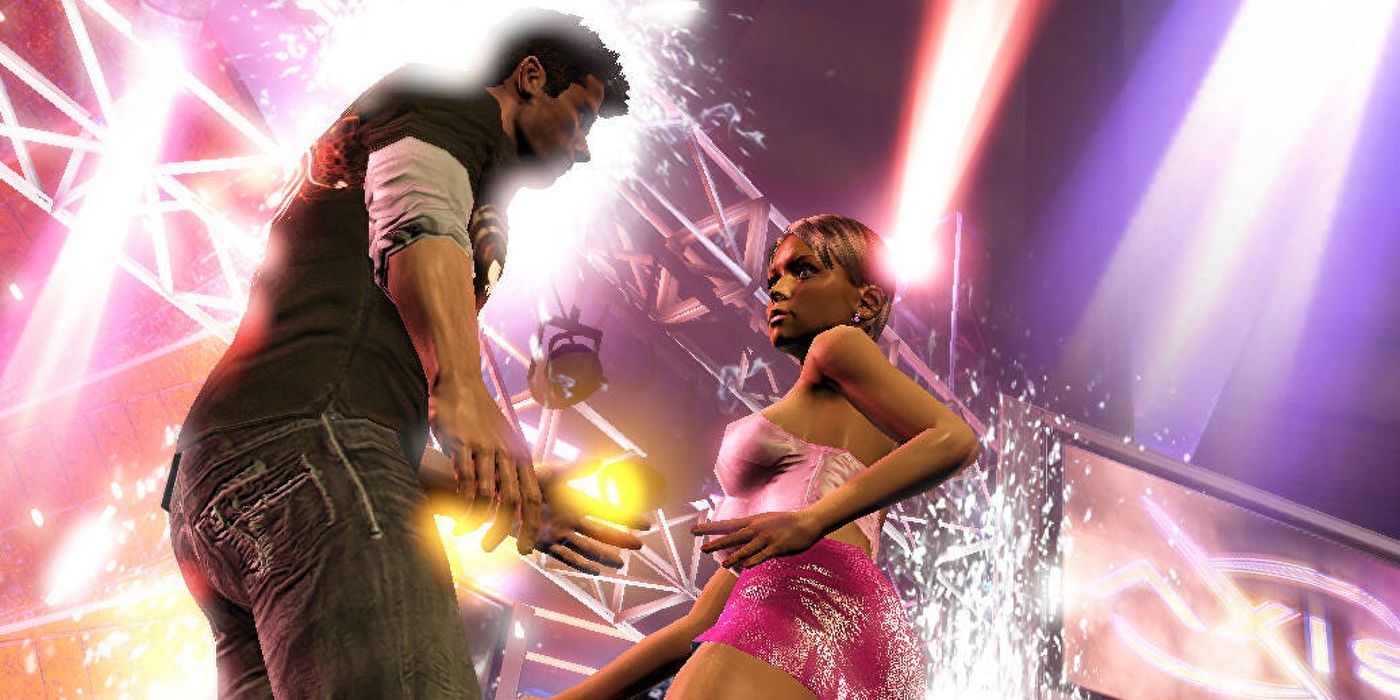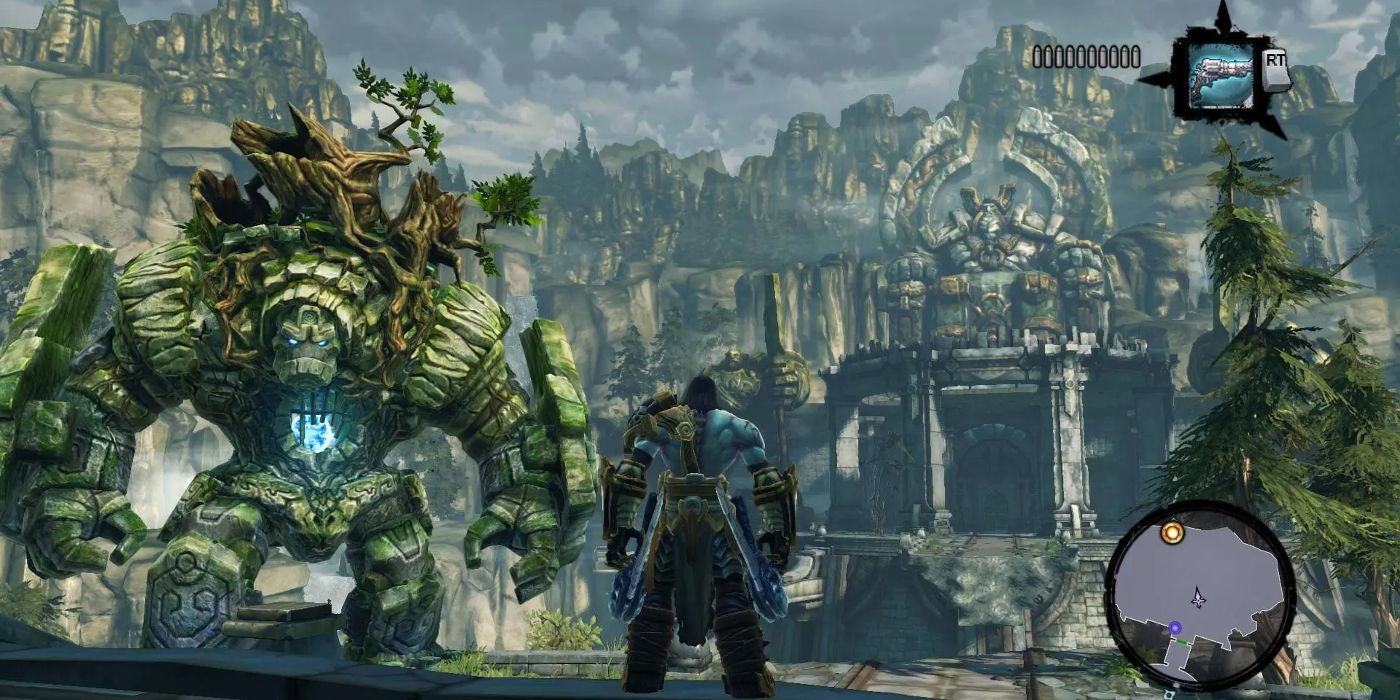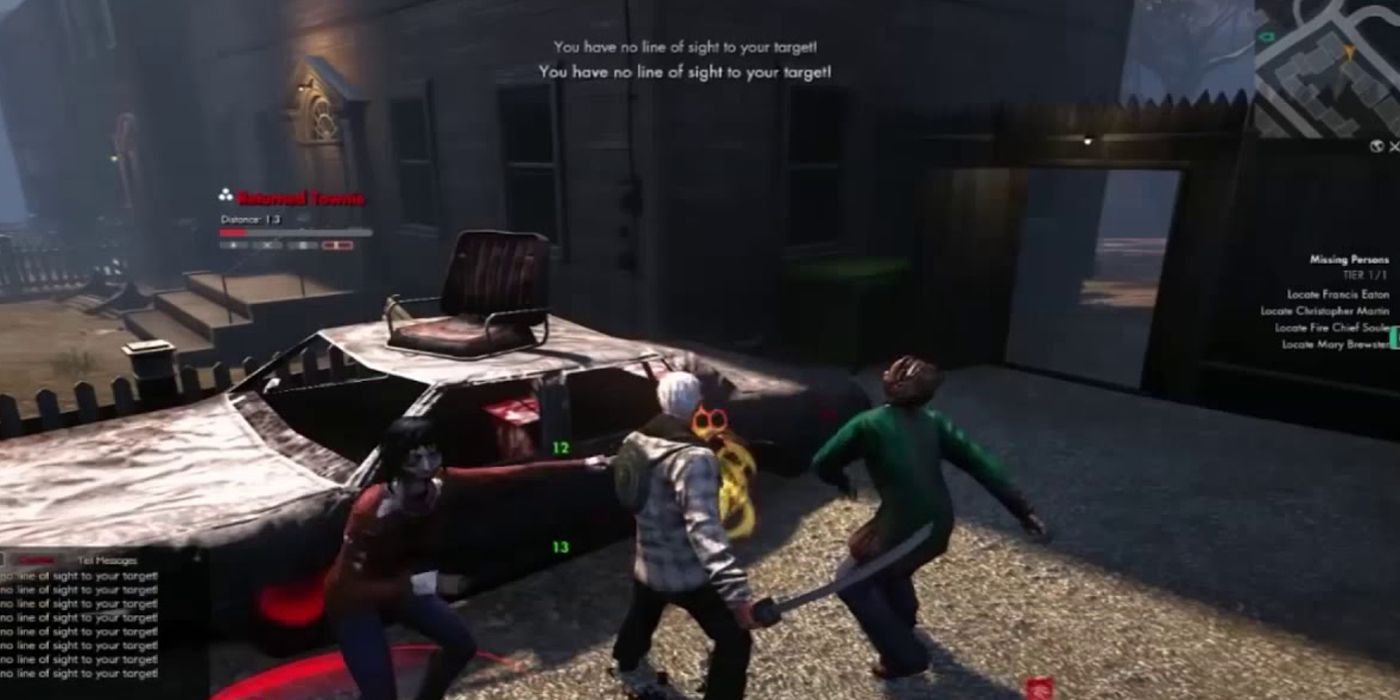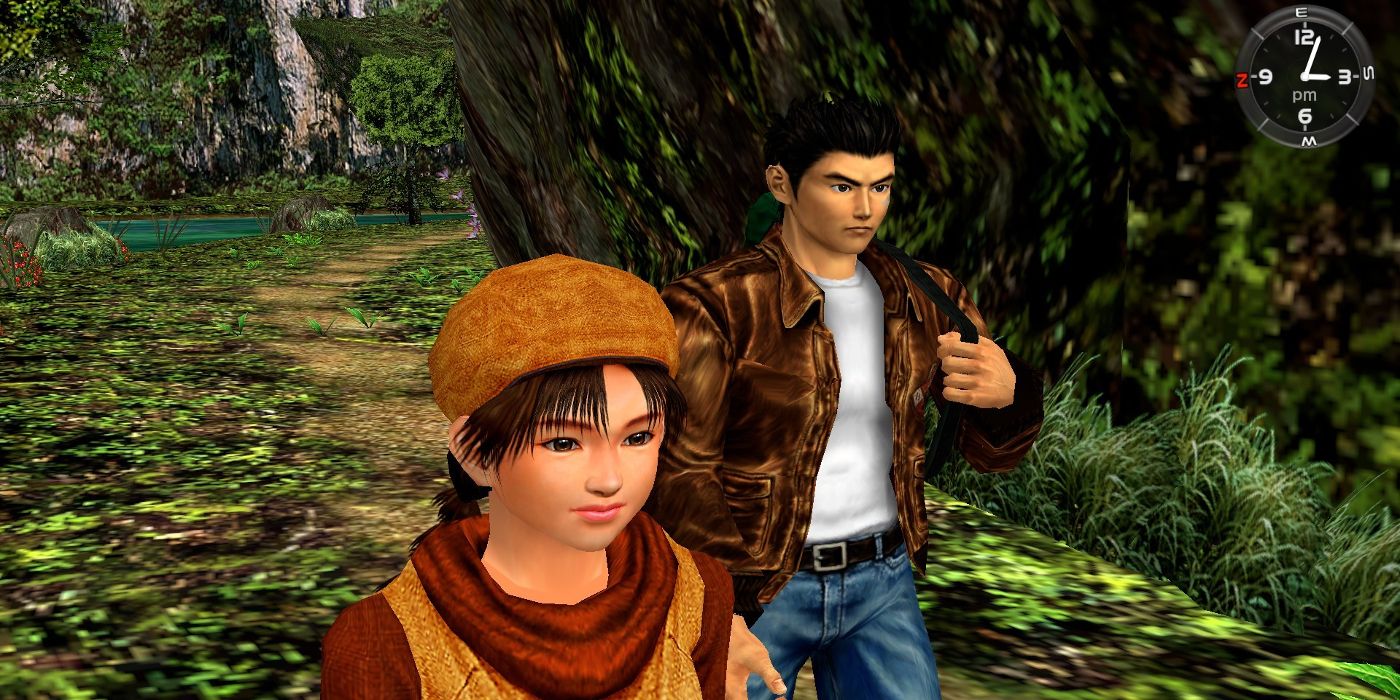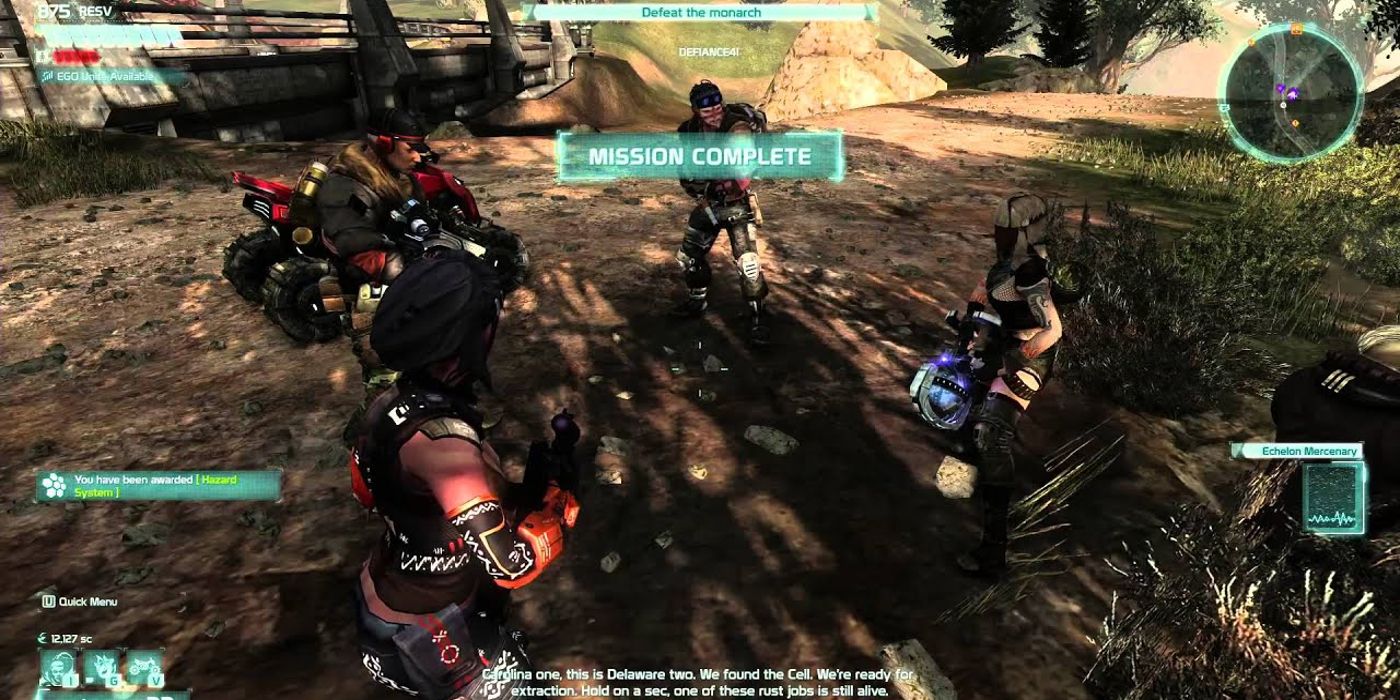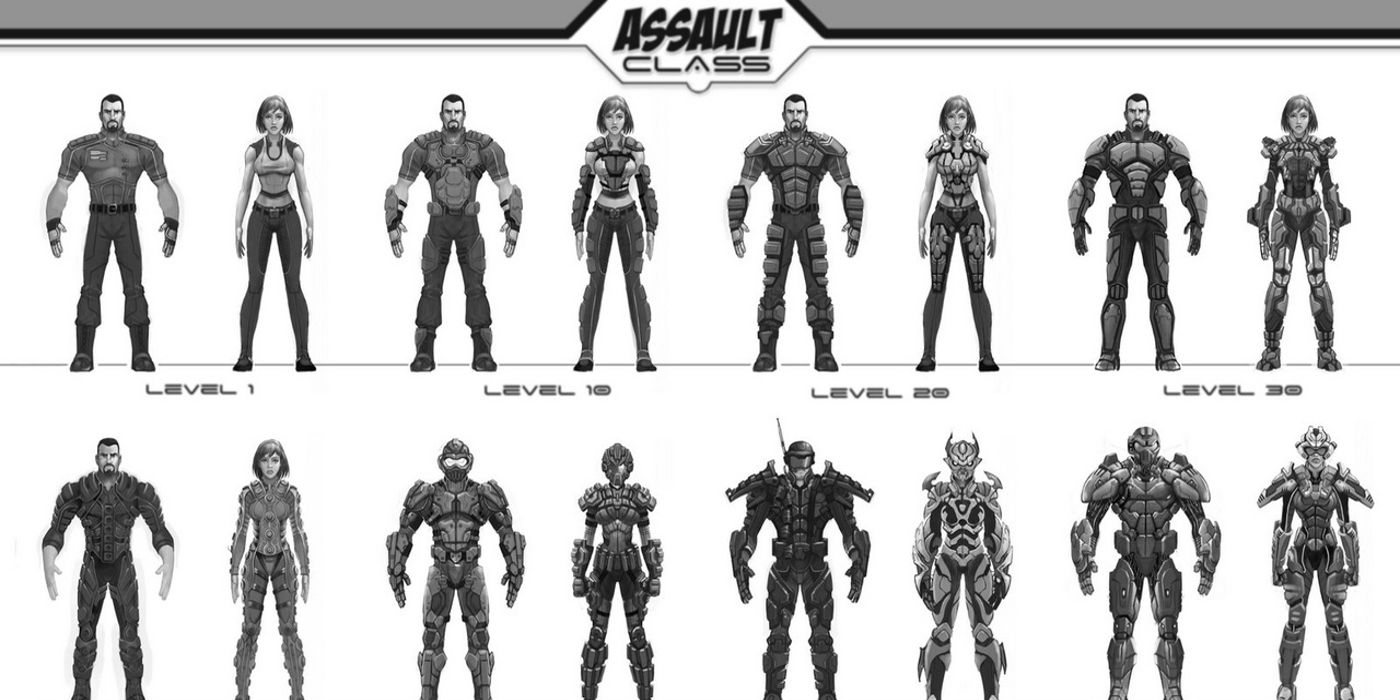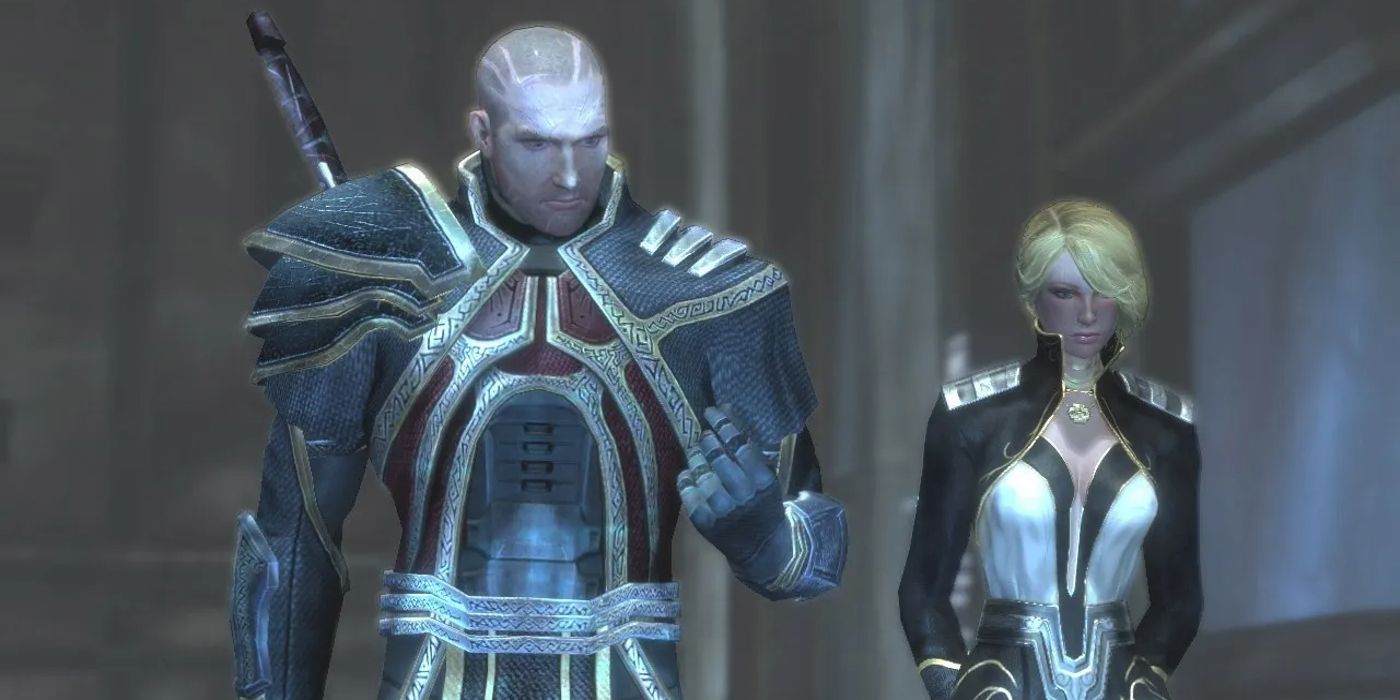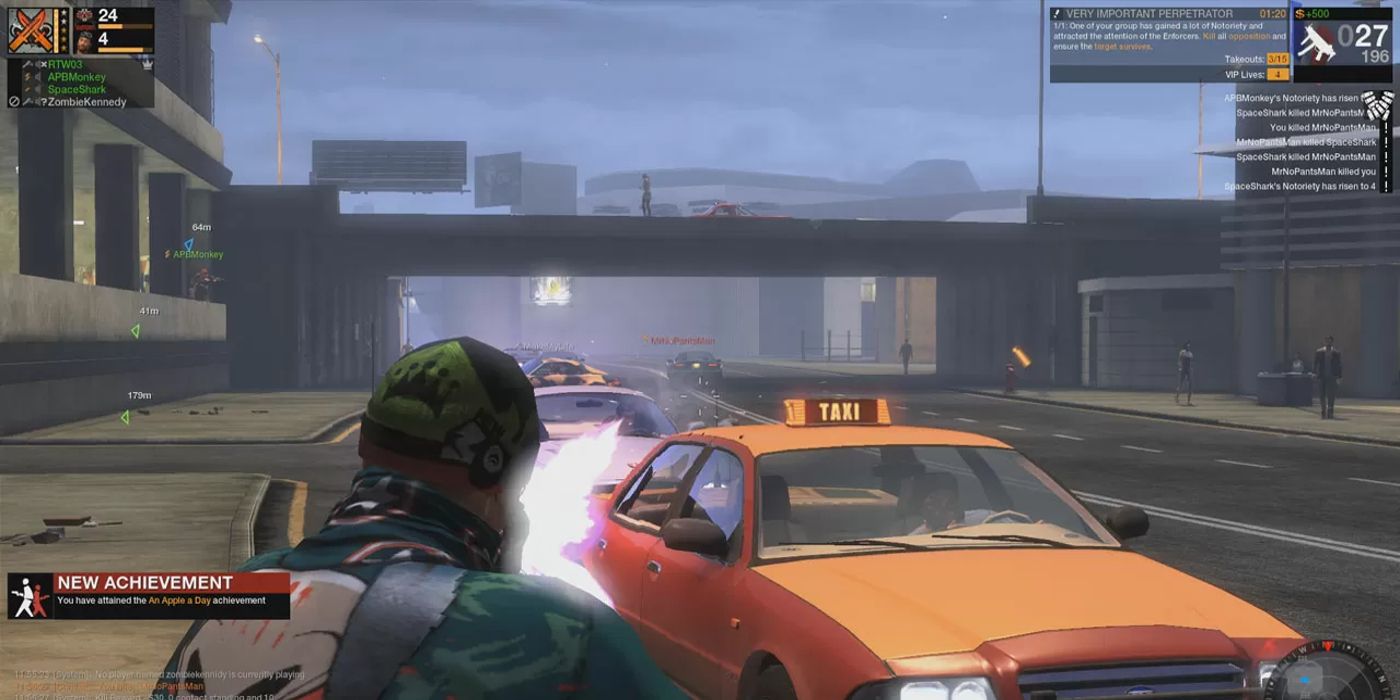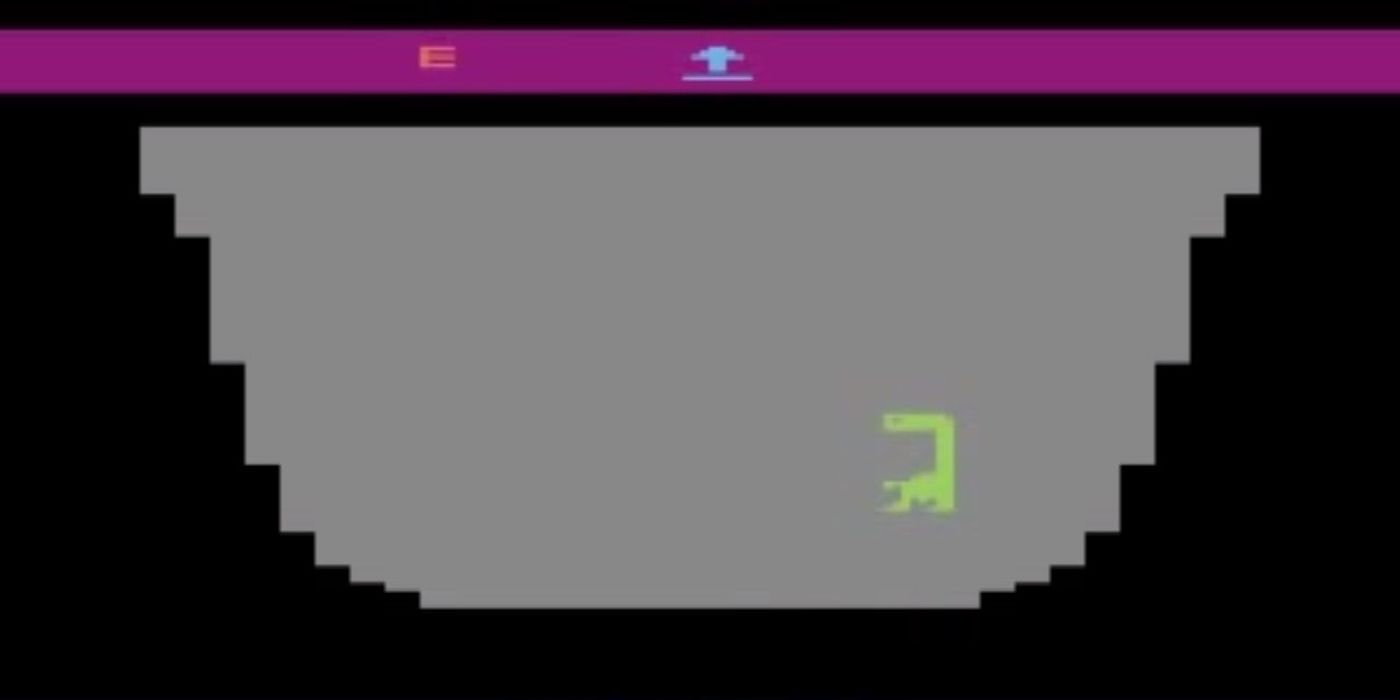As video games become more expensive to produce in 2023, big and small game developers must consider the cost-effectiveness of their products more than ever before, especially given the rate of economic inflation. With such a precarious economic environment, gaming companies can no longer afford to pour unlimited funds and resources into the budget of games in the hope that a profitable return on their investment will result.
If nothing else, the most expensive video game flops on record should provide a cautionary tale for game developers and publishers to invest wisely in their products. Otherwise, they could lose their reputation along with enormous amounts of money.
Daikatana - $30-44 Million
Eidos Interactive's 2000 FPS game Daikatana suffered a slew of staff shakeups, game engine overhauls, production delays, and more behind-the-scenes drama that resulted in a budget that continued to grow from anywhere between $30 million (per Eurogamer) and $44 million (per Watch Mojo). By the time the game was eventually published, many gamers felt it was already too archaic to compete with more polished titles.
As a result, Daikatana managed to sell just over 40,000 copies, leading to a massive financial drubbing for Eidos Interactive. The results were doubly disappointing considering it was developed by innovative FPS game designer John Romero, whose reputation for co-founding such iconic games as Quake and Duke Nukem.
This Is Vegas - $40-50 Million
One of the surest ways for a video game to lose massive amounts of money is to be canceled before it's completed, preventing financial recuperation through retail sales to the public. Midway and Surreal Software's This is Vegas is a prime example, an expensive open-world action-adventure game that lost anywhere from $40 to $50 million in development costs (per Slate and Games Radar).
Many cite the cancellation of the game's development in 2010 on Midway's bankruptcy in 2009, doing so one year after releasing a trailer and screenshots for the game, which was planned for release on PC, PS3, and Xbox 360. Without ever knowing how the public would have received This is Vegas, few things are more vexing than canceling a project before it's published.
Darksiders II - $50 Million
Published by THQ in 2012, Darksiders II is a hack-and-slash action-adventure video game that, at the time it was developed, was reported to be one of the most expensive video games of all time. Two years after the game failed to resonate among the masses, Nordic Games CEO Lars Wingefors claimed the $50 million budget was "ridiculous" (per Game Spot via MCV).
Despite receiving positive reviews upon its release, Wingefors admitted that "THQ spent $50 million making Darksiders 2. We can produce a product of the same quality but for a lower cost. $50 million is ridiculous. I can't afford that." According to Watch Mojo, Darksiders II sold 1.5 million copies by November 2012, which essentially bankrupted THQ before the game was sold to Nordic Games.
The Secret World - $52 Million
In 2012, EA and Funcom spent tons of money to develop The Secret World, an ambitious and acclaimed MMORPG that simply couldn't compete with the likes of Warcraft and other leading titles. With just 200,000 units sold at launch (per Destructoid), The Secret World lost $52 million in sunken costs (per Games Industry).
Despite the financial hit, the game was rebranded in 2017 as Secret World Legends, which performed better than the original version but still nowhere enough to recoup its costs. Another cautionary tale that proved the world wasn't quite ready for genre-pushing MMORPG in 2012, The Secret World's economic failures have been exposed for the entire public to heed.
Shenmue - $70 Million
Sega's incredibly ambitious open-world action-adventure game Shenmue cost upward of $70 million to develop in 1999-2000, according to The Guardian, with some of that money allocated to creating Shenmue II. The grand irony is that the series has since been hailed as one of the greatest games of all time, and despite selling 1.2 million copies (per Microsoft), grossly failed to recoup its expenses.
Many attribute the failure of the game to the blank check that Sega gave to director Yu Suzuki (Virtua Fighter), who had very little checks and balances and was given too much creative leeway and ended up with a runaway budget that was simply too big and self-indulgent to justify much less earn back through sales. Some have even likened Shenmue to Heaven's Gate, one of the biggest Hollywood flops of all time.
Defiance - $80 Million
Trion Worlds' MMO TPS Defiance failed to resonate among gamers despite having a SyFy TV show tie-in to help its marketing campaign. According to Venture Beat, the game took five years and cost roughly $80 million to develop, with the primary reason for its failure stemming from an altered business model made post-release (per Game Spot).
After the game launched as a paid title in 2013, Defiance shifted to a free-to-play model in 2014, which severely hampered its ability to earn its lofty budget back through direct retail business. Once the SyFy TV show was canceled in 2015, interest in the game waned even more. The gameplay itself eluded gamers and critics alike, which also hurt Defiance's chances for success.
Halo: Titan - $90 Million
As one of the most popular action franchises in gaming history, it's no surprise that an enormous amount of resources were invested in Halo: Titan, a lofty MMORPG developed by Ensemble Studios between 2004 and 2007. It is a surprise, however, that the video game was disappointingly canceled before it was completed, leaving Ensemble to take a $90 million loss (per Game Spot) with zero prospects of recuperation.
The precursor to Halo Wars remains shrouded in mystery over 15 years later, with many citing the cancellation on a transition in Microsoft leadership, which began focusing on ways to rival Nintendo Wii at the time. Others cite the lack of construction to the pre-budgeted, 60,000-square-foot campus that was meant to accommodate 40 odd staffers hired to work on the game.
Too Human - $80-100 Million
Stuck in development hell for a decade, Microsoft and Silicon Knights' action RPG Too Human cost an unthinkable $80-100 million (per Eurogamer) before it was released to little fanfare in 2008. The sci-fi Viking mashup spent too long to make, resulting in engine switches from PS to GameCube to Xbox 360, with each process extremely expensive to perform.
An ugly lawsuit over the altered gaming engines also lead to a recall, which only added to the mixed critical response to Too Human. In the end, the game only moved roughly 700,000 units (per Fandom), nowhere near enough to compensate for its enormous money and 10-year development process.
APB: All Points Bulletin - $100 Million
Microsoft and Realtime Worlds' open-world MMO APB: All Points Bulletin took 15-20 years to develop as a culmination of "everything we've been striving towards," according to Realtime Worlds' Colin McDonald (per Rock Paper Shotgun). Over that span, the two companies spent roughly $100 million (per The Guardian and Game Spot) developing APB.
The prolonged production delays couldn't save the game from feeling incomplete and underwhelming in the eyes of gamers and critics alike, ultimately resulting in Realtime Worlds declaring Administration, the British equivalent of bankruptcy. In the end, APB couldn't overcome its exorbitant costs and the shutdown server in 2010 despite the relaunch of the free-to-play APB: Reloaded shortly after.
E.T. The Extra-Terrestrial - Undisclosed
Often blamed for the video game console crash of 1983, many consider E.T. The Extra-Terrestrial Atari release the biggest video game disaster of all time. While there's no telling the exact amount Atari lost, the company reportedly spent $20-25 million just to obtain the rights to the movie, which, adjusted for inflation, is closer to $56-70 million in 2023 (per Times-Union and AVClub). The added development costs make it even more expensive.
Rushed to completion in a 5-week development period that led to terribly glitchy gameplay mechanics, the general response to the game was so poor that it only sold 1.5 million copies upon release and 2.6 by the end of the year (per BBC), with the unsold cartridges notoriously buried underground in a New Mexico landfill. The untold billions that the video game industry lost as a result of the debacle make E.T. the most expensive video game flop on record.


